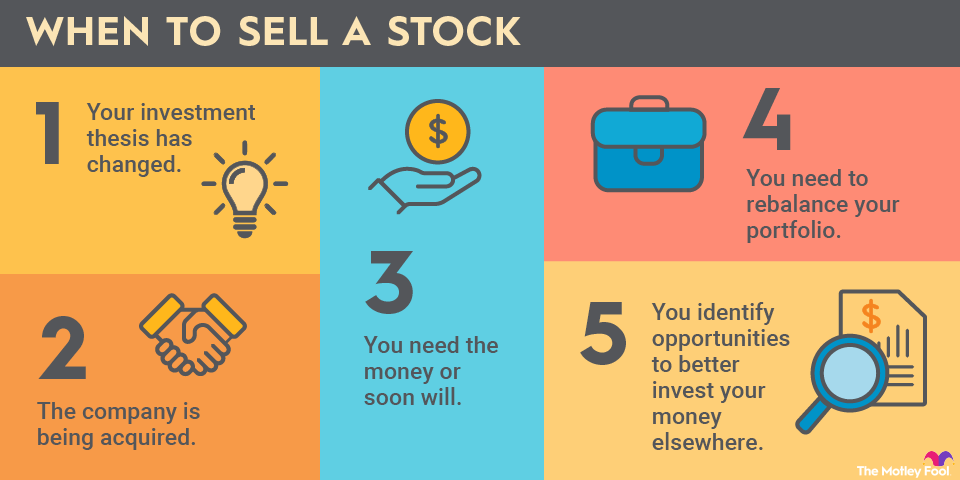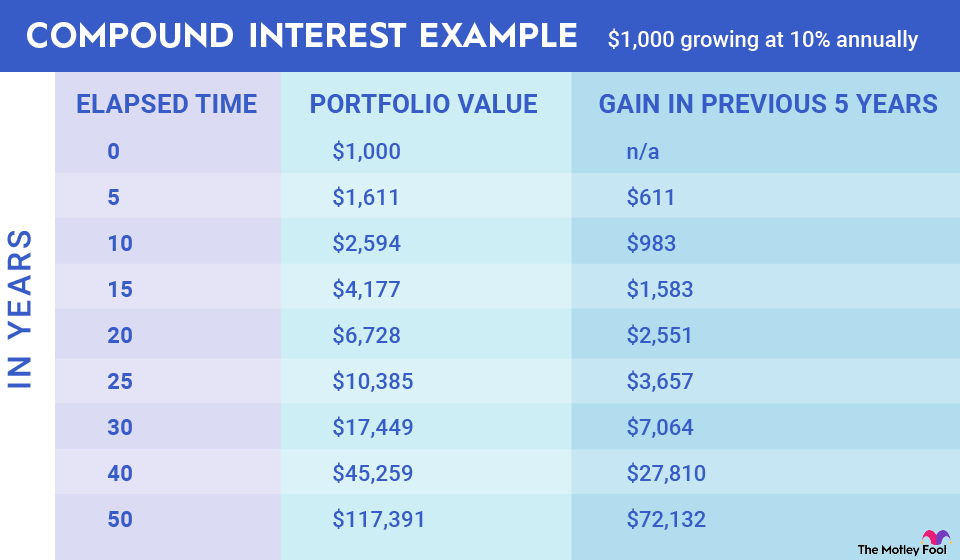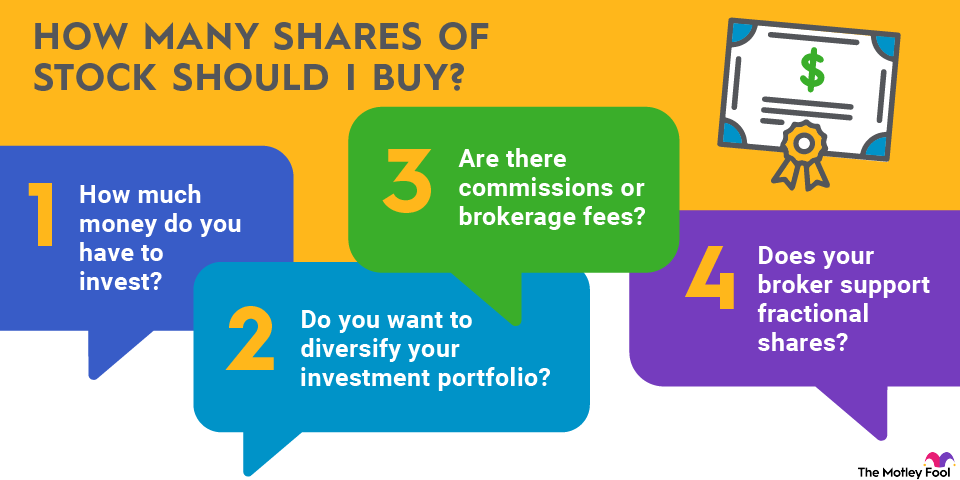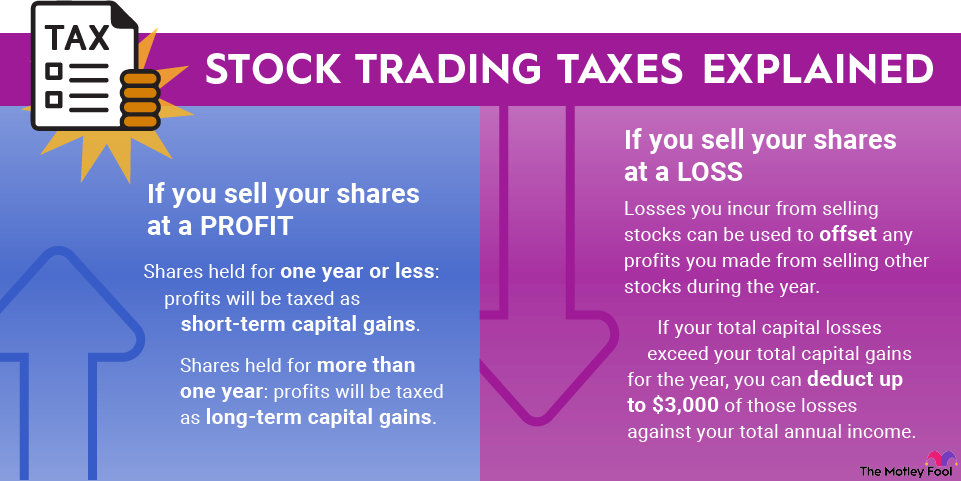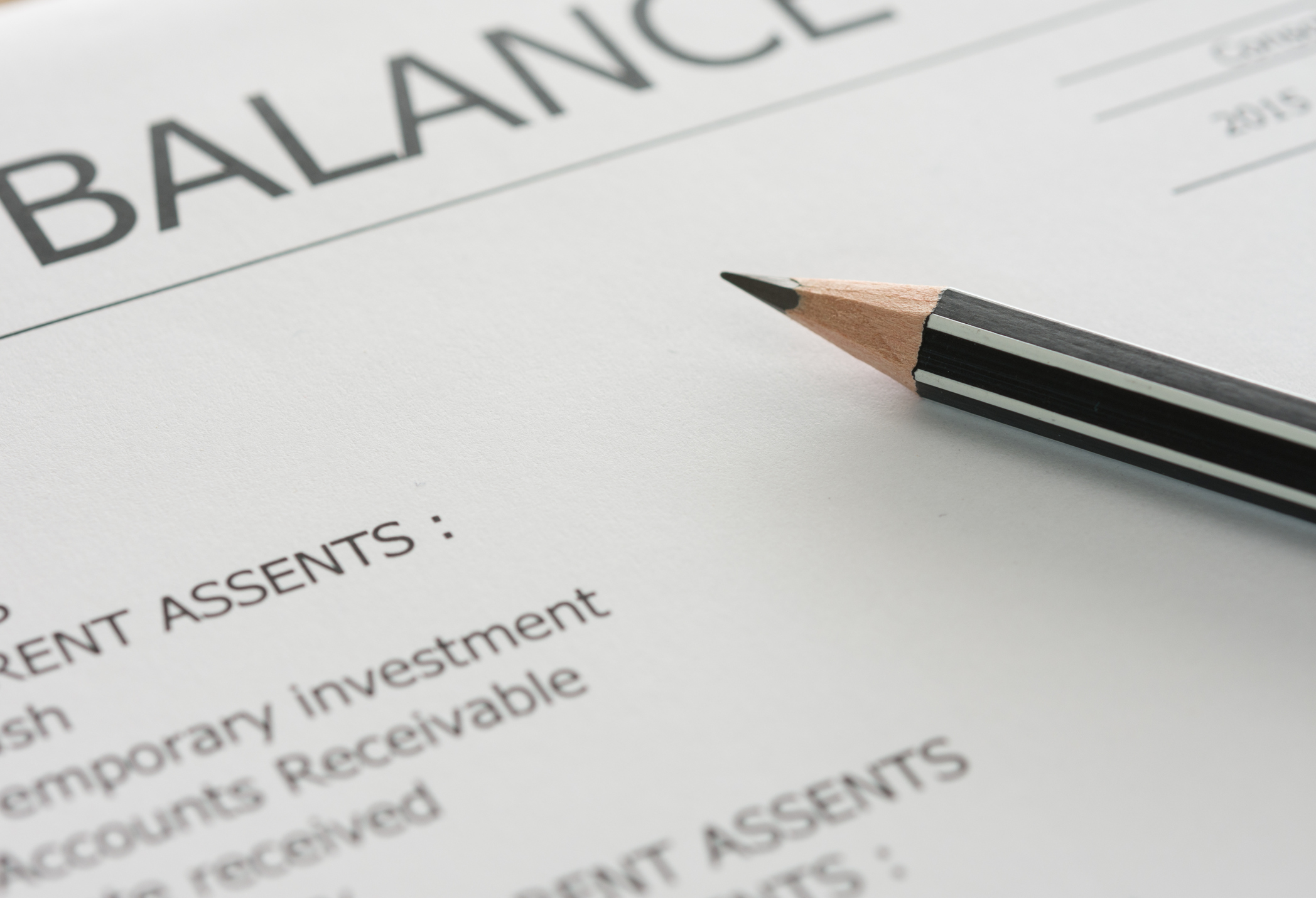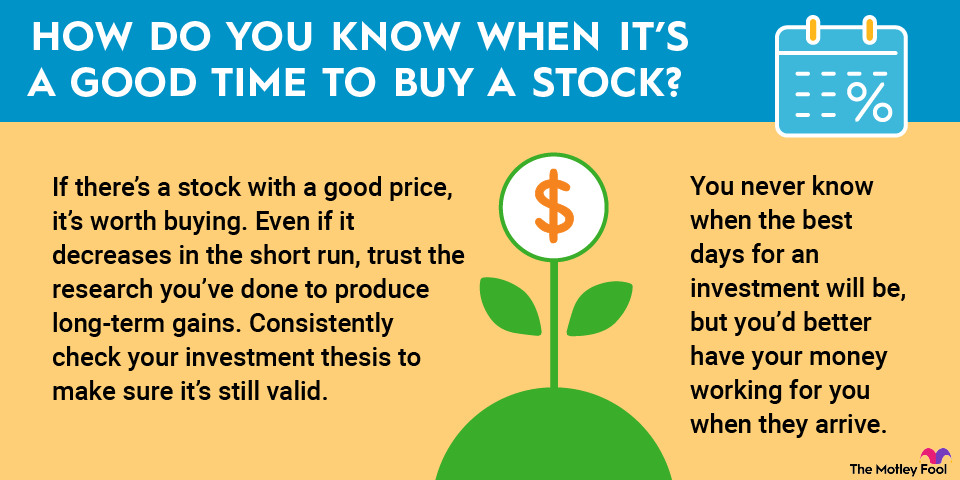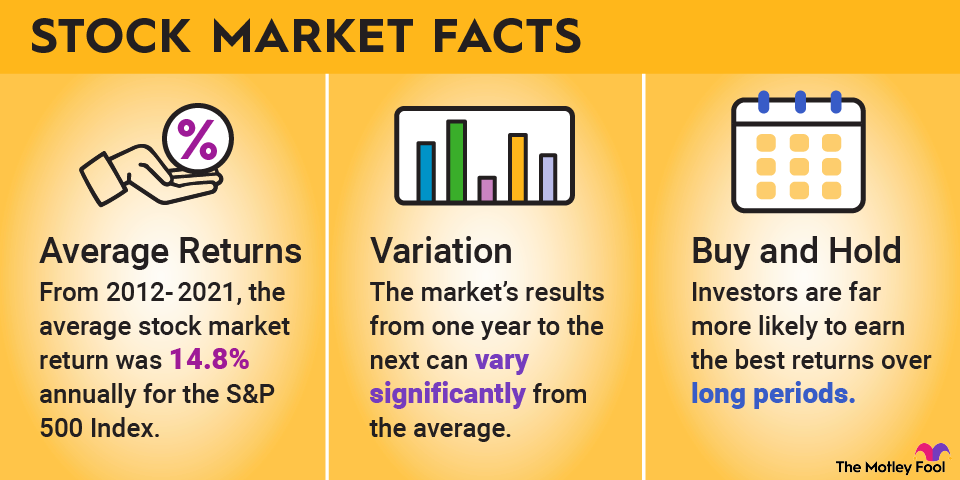Flexport is on a mission to make global trade easier. The company has taken a technology-driven approach to global logistics. Its software is disrupting the freight forwarding industry -- companies that help facilitate international trade.
Flexport aims to usher the freight forwarding industry into the 21st century by replacing old-school methods of doing business (phones, fax machines, and physical paper) with automation. The company believes its innovative approach should make it faster and cheaper for its clients to ship their products around the world.

Flexport has a bold goal to eventually become a very profitable company and a darling of Wall Street, so many investors are eagerly awaiting its initial public offering (IPO). Here's what you need to know about Flexport and how to potentially buy its stock before its IPO.
IPO
Is Flexport publicly traded?
Flexport isn't a publicly traded company as of August 2025. Several leading venture capital funds own the logistics platform. The privately held company also counted e-commerce enabler Shopify (NYSE:SHOP) as one of its largest investors.
When will Flexport IPO?
Flexport doesn't currently have an IPO on the calendar. The company's current focus is on returning to profitability, which it aims to achieve by the end of 2025. Once it reaches sustainable profitability, it will likely pursue an IPO so that the venture capital funds holding its shares can begin exiting their investments.
How to buy Flexport stock
Because Flexport hasn't completed an IPO, investors can't buy shares of the supply chain company in their brokerage account. However, accredited investors (i.e., high-net-worth individuals or those with high incomes) can sometimes buy pre-IPO shares of companies like Flexport on secondary platforms, such as EquityZen or Forge Global (FRGE -0.04%).
Accredited investors who really want to get in ahead of its IPO should check out those platforms to see whether they have shares of Flexport available to buy. Non-accredited investors will need to continue waiting until the company launches its IPO.

Step 1: Open a brokerage account
You'll have to open and fund a brokerage account before buying shares of any company. Take your time to research brokers to find the best one for you.
Step 2: Figure out your budget
Before making your first trade, you'll need to determine a budget for how much money you want to invest. A good rule of thumb is that you shouldn't invest money you might need over the next three to five years, like your emergency fund. You'll then want to decide how to allocate that money. The Motley Fool investing philosophy recommends building a diversified portfolio of 25 or more stocks you plan to hold for at least five years.
However, you don't have to get there on the first day. For example, if you have $1,000 available to start investing, you might want to begin by allocating that money equally across at least 10 stocks and then grow from there.
Step 3: Do your research
It's essential to thoroughly research a company before buying its shares. You should learn about how it makes money, its competitors, its balance sheet, and other factors to make sure you have a solid grasp on whether the company can grow value for its shareholders over the long term.
Step 4: Place an order
Once you've opened and funded a brokerage account, set your investing budget, and researched the stock, it's time to buy shares. The process is relatively straightforward. Go to your brokerage account's order page and fill out all the relevant information, including:
- The number of shares you want to buy or the amount of money you want to invest to purchase fractional shares.
- The stock ticker (for example, SHOP for Shopify, UPS for UPS, and FDX for FedEx).
- Whether you want to place a limit order or a market order. The Motley Fool recommends using a market order because it guarantees you buy shares immediately at that market price.
Once you complete the order page, click to submit your trade and become a shareholder in a publicly traded company benefitting from the same growth trends as Flexport.
Investors would follow a similar process to buy an IPO stock like Flexport when it goes public. Once shares become available, select Flexport's chosen stock ticker to buy shares through your brokerage account.
Is Flexport profitable?
As a private company, Flexport doesn't need to disclose its financial results to the public. So, there wasn't much publicly available information about its profitability as of mid-2025.
However, a Wall Street Journal article in early 2025 provided a glimpse into the company's financial situation. At the time, Flexport wasn't profitable. However, founder and CEO Ryan Petersen told the Journal that Flexport expects to be "quite profitable" by the end of the year.
The company's long-term goal is to become a "profitable public company that throws off lots of cash that can be a darling of Wall Street," according to Petersen in a 2023 Wall Street Journal article. It needs to return to profitability, go public, and increase its cash flow to achieve its vision.
Should I invest in Flexport?
Since it's not public, most people can't invest in Flexport yet. However, the company plans to go public eventually -- Petersen stated in the 2025 Wall Street Journal article, “At the end of the year, we can actually entertain that.” That gives you some time to research the company before buying shares.
Research is an important step. It could increase your conviction that the company will be a great investment. You could also discover something in your research that changes your mind about investing in the company. With that in mind, here are some reasons why you might want to invest in Flexport when it goes public:
- You like the company's technology-driven approach to the logistics sector.
- You prefer to invest in founder-led companies.
- You believe Flexport will be successful in its aim to become a profitable and cash-flowing company.
- You like its acquisition of Shopify's logistics business, which will increase its scale and growth potential.

On the other hand, here are some reasons you might decide not to invest in Flexport's IPO:
- You don't know what Flexport does or how it makes money.
- You're concerned about its management, given the comments of its former CEO, who publicly called out the company's reporting. The former Amazon (AMZN +0.38%) executive was handpicked by Peterson but stayed with the company for less than a year.
- Given the cyclical nature of the global logistics industry, you're not sure Flexport will reach its ambitious goal of being highly profitable.
- You don't think it can disrupt the global freight forwarding industry.
ETFs with exposure to Flexport
Since Flexport is still a privately held company, investors can't passively invest in its stock through an exchange-traded fund (ETF).
Exchange-Traded Fund (ETF)
Related investing topics
The bottom line on Flexport
Flexport is using technology to disrupt the freight forwarding industry. The company believes its approach will enable it to grow into an industry leader and become very profitable, allowing it to create a lot of value for shareholders in the future. This upside potential has investors eagerly anticipating its eventual IPO.



